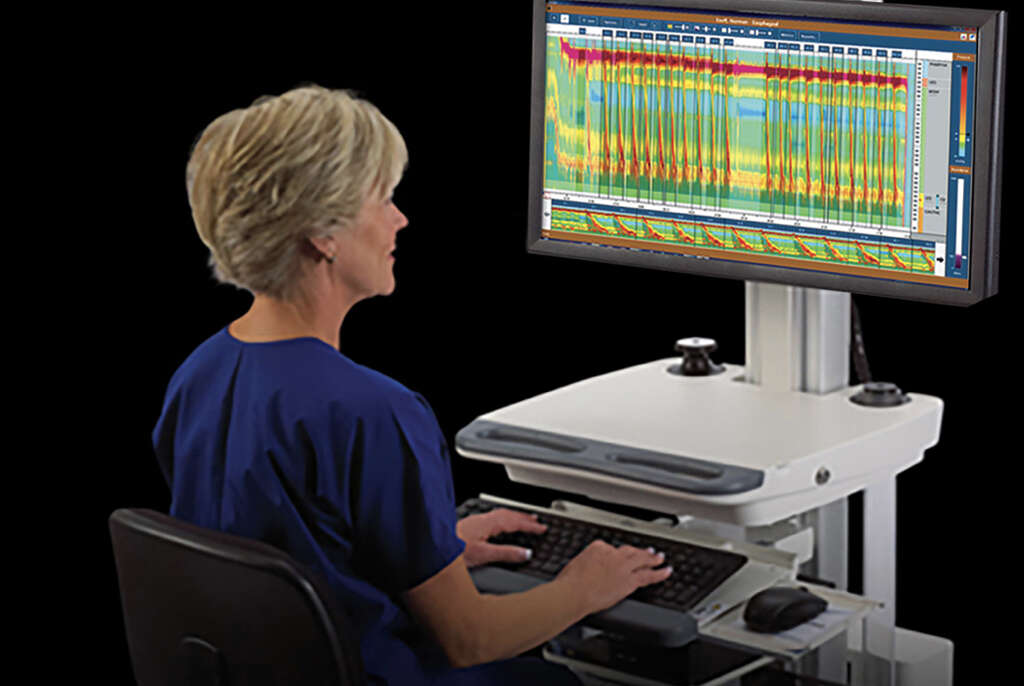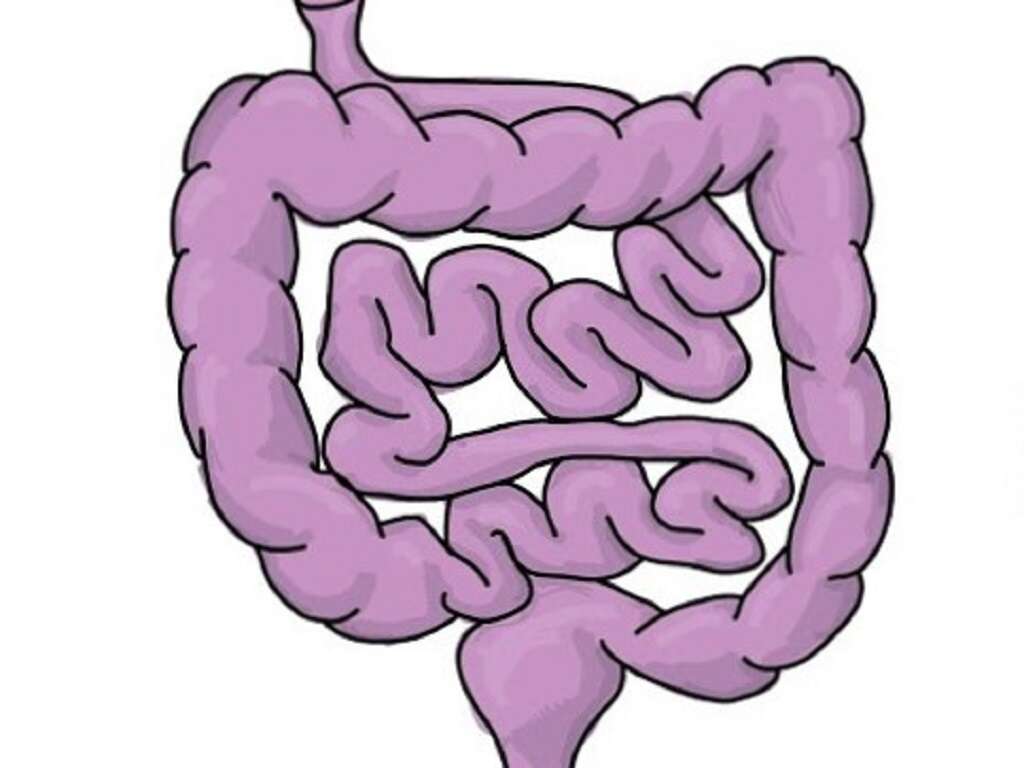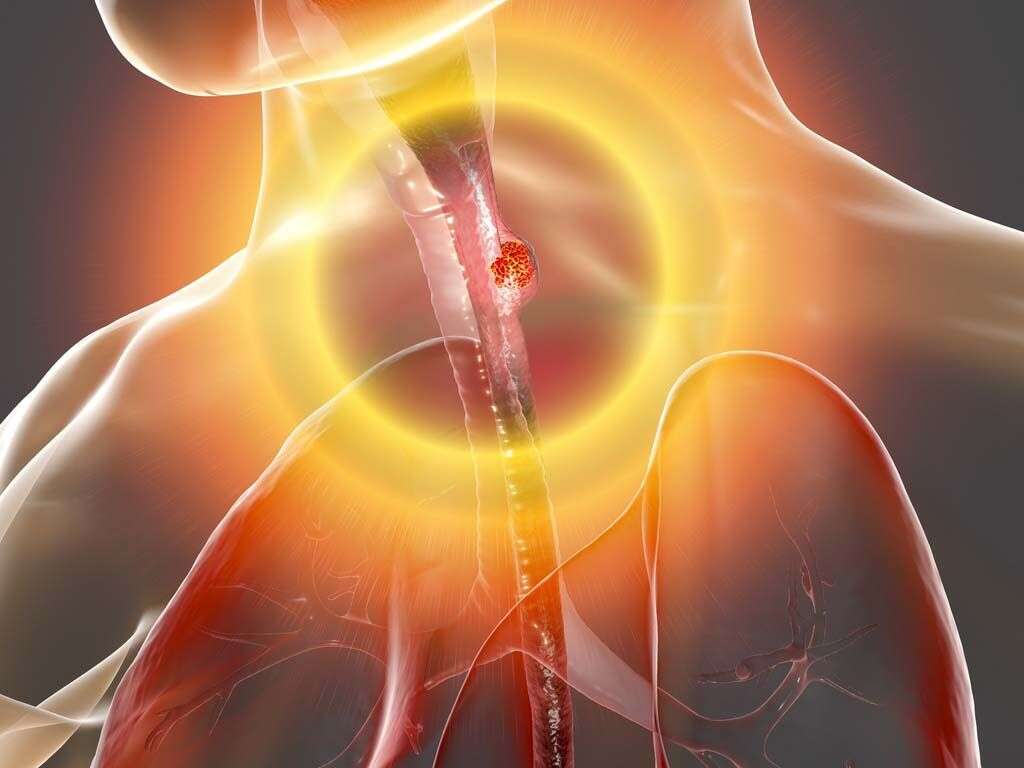What Is Achalasia?
The esophagus is the name of the tube that goes from the back of our throat down to our stomach. It essentially allows us to eat food, so it is very important for us. It is also more than just a simple tube because it has muscles that help to push our food down. Achalasia is a problem where these muscles no longer work as they should.
The condition can mean that the patient can have difficulty eating, and it can also cause a number of other unwelcome symptoms. There is no known cure, but treatment is available that will help the patient to be able to eat properly again.

1. Achalasia
Achalasia is a condition where the patient finds it difficult to pass food from their mouths down to their stomach. It happens due to nerve damage, which eventually causes the esophagus to become paralyzed. This paralysis means the muscles of the esophagus are unable to contract, which would otherwise be able to push food down into the stomach.
This means that food can then remain trapped in the esophagus, and here it can begin to ferment. This fermented food will often end up back in the patient’s mouth. It will cause a very bitter taste, and the condition will often be mistaken for reflux.

2. Causes
It is not at all well understood why achalasia happens, although research has shown that the condition is connected to the degeneration of the nerve cells in the esophagus. This itself might be down to autoimmune conditions, which means that the bodies own immune system is attacking the esophagus rather than protecting it.
Another possible cause is viral or bacterial infections that cause damage to the nerve cells in the esophagus. More research is being done into learning what causes the condition. Achalasia is very rare, however, so research into it is not likely to be high on the list of priorities.

3. Dysphagia
Dysphagia is the technical medical term for the inability to swallow. When we put food in our mouths, it is pushed to the back of the throat and into the esophagus. From here, the muscles of the esophagus will contract in waves to help force the food down. In achalasia, this mechanism is not functioning as it should.
For patients, this will often feel as though they have something stuck in their throat. Not only can it be uncomfortable, and unpleasant, but it can also make it harder for them to eat properly. Thus, it is a condition that should be treated as soon as the problem is identified.

4. Chest Pain
Many patients with achalasia will complain of a pain in their chest, and the pain is known to come and go for no apparent reason. The condition can also cause the patient to burp more than usual, which has the potential to be embarrassing in social and professional environments.
Another symptom is that that patient is likely to cough, especially at night. This can cause additional problems as it will make it harder for the patient to get enough sleep. There are numerous potential causes of these symptoms, some of which can be serious, so they should encourage the patient to speak with a doctor as soon as possible.

5. Regurgitating Food
Food that does not make its way into the stomach cannot remain in the esophagus for too long. It must come back out of the esophagus in one way or another. If it does not make it to the stomach, then there is only one other path for it to take. This means that food will sometimes be regurgitated.
As mentioned, this food will often have started to ferment, and this can make it very bitter to taste. Food can also be regurgitated at awkward moments, which can be very embarrassing for the patient at times. Heartburn is another potential symptom, and this means that achalasia will sometimes be mistaken for reflux.

6. Weight Loss
Another likely symptom of achalasia is vomiting, and excess vomiting means the patient is unlikely to be getting the nutrition that they need. This only adds to the fact the patient is already likely to be having difficulty eating. These factors can cause the patient to start losing weight.
It should be noted that losing weight rapidly is not a good thing, even in people that are obese. Losing too much weight too quickly can be dangerous for a person’s health so it should be done in a controlled manner. You should also be concerned if you are losing weight and you are unable to explain why.

7. Aspiration Pneumonia
At the back of the throat is a flap of tissue known as the epiglottis. This flap closes when we swallow to block the airways that travel to the lungs, making sure the food goes down the esophagus to the stomach instead. In cases of achalasia, however, food particles might still be able to make their way into the lungs.
Aspiration pneumonia is a condition where the patient inhales food particles directly into their lungs. This food is likely to be loaded with bacteria, and this can result in the lungs becoming infected. An infection of the lungs is known as pneumonia, and it can make it difficult for the patient to breathe. Pneumonia will be dangerous in some cases.

8. Diagnosis
In many cases, achalasia will be overlooked for another medical condition. If your doctor does suspect achalasia, however, then there are a number of tests that can help to confirm the diagnosis. One of these is an X-ray that will help experts to get a better look at your lungs.
Another potential method is esophageal manometry. This is a test that helps to determine how well the esophagus is performing. It measures the strength of the contractions of muscles in the esophagus, and the rhythm of the contractions. An upper endoscopy is another potential method, which involves passing a small camera down the throat so it can be inspected visually.

9. Treatment
There is no cure for achalasia, and the patient will have the condition for the remainder of their lives. It can be treated, however, and treatment for the condition will often involve pneumatic dilation. This involves inserting a balloon into the esophageal sphincter, which is then inflated to make the sphincter larger enough for food to pass through.
If this method is not effective then Botox, which is a muscle relaxant, may be used. The Botox is often injected directly into the esophageal sphincter to help open it up. In other cases, some muscle relaxing medications can be used, but their side effects mean they are avoided where possible.

10. Surgery
If other treatments are not successful then surgery will likely be recommended. This will typically include a procedure known as a Heller myotomy. The procedure involves cutting the esophageal sphincter so that food is able to pass through freely. During the same operation, the surgeon may also perform a fundoplication.
With the sphincter left permanently open, the patient will be prone to experiencing some rather unpleasant reflux symptom. A fundoplication will use the top of the stomach to create a flap that helps prevent the stomach’s juices from leaving the stomach. These procedures can be performed as open surgery, or as minimally invasive surgery in some cases.












